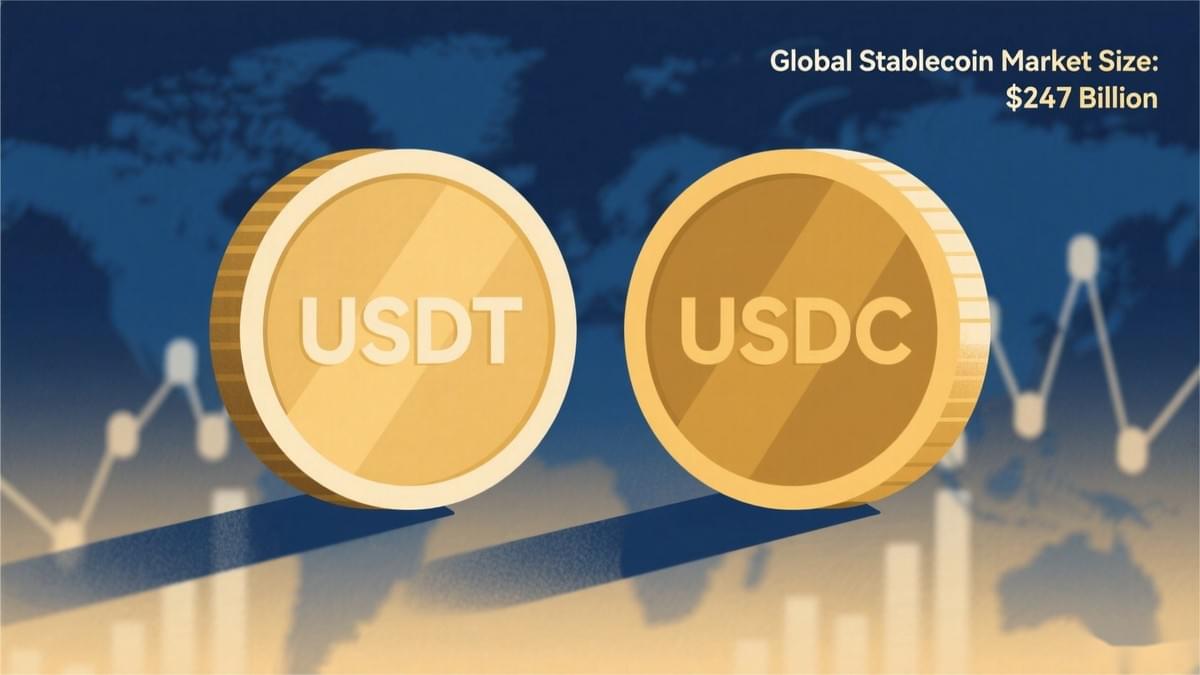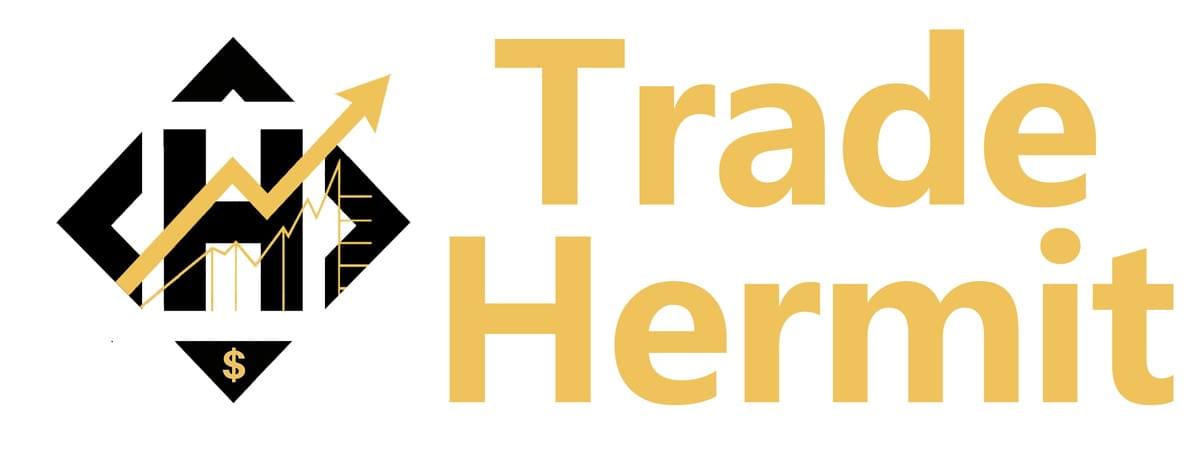Since May, stablecoins have emerged as a central topic across global finance and politics. The U.S. passed a landmark bill to support stablecoin development. Circle, the issuer of USDC, became the first “pure-play” stablecoin company to go public on the NYSE, garnering strong market enthusiasm. Hong Kong followed quickly, proposing its own Stablecoin Bill, with major Chinese tech firms—JD, Ant Group, and Xiaomi—applying for issuance licenses. Meanwhile, retail giants like Amazon and Walmart are exploring launching their own stablecoins.
Stablecoins aren’t a new concept. They're a form of cryptocurrency designed to maintain a 1:1 peg to fiat currencies—primarily the U.S. dollar—serving as the liquidity layer for crypto markets. Today’s $247 billion global stablecoin market is dominated by just two dollar-based players: USDT (Tether) and USDC (Circle). Though the space once saw experiments like algorithmic stablecoin Luna, most have since collapsed under volatility.

So, what makes the 2025 stablecoin wave different from the last?
The key change is regulatory legitimacy. For the first time, stablecoins are receiving structured legal backing. The U.S. government’s support is especially notable. Standard Chartered projects that if the current U.S. stablecoin legislation is signed into law, the market could expand to $2 trillion by 2028. Former President Donald Trump has openly endorsed stablecoins, calling them “the savior of dollar hegemony, not its destroyer.” His running mate, Senator Vance, echoed the same sentiment at Bitcoin 2025: “Under President Trump, crypto finally has a supporter in the White House.”
It’s not that governments are suddenly new to digital currencies—China, among others, has been experimenting with central bank digital currencies (CBDCs) for years. What’s unprecedented is the abandonment of the U.S. CBDC project by the Trump administration just months before passing a pro-stablecoin law.
Why would the Trump administration back stablecoins so aggressively, even scrapping the CBDC to pave the way?
Let’s analyze this from the lens of Trump’s core political and economic agenda:
The Trump Administration’s Three Economic Priorities:
- Rebuild public confidence amid political instability
- Tackle the mounting U.S. Treasury debt crisis
- Bring back American manufacturing
Launching a compliant, scalable U.S. dollar stablecoin ecosystem could address the second priority in a meaningful way.
The “Genius Act”: A Regulatory Blueprint for Dollar-Based Stablecoins
The new bill, formally titled the Guidance and Regulation of U.S. Stablecoin Innovation Act, is nicknamed the Genius Act, derived from its acronym: GENIUS. As of June 2025, the Act has passed both the House and Senate and awaits the President’s signature to become federal law.
Key provisions of the Genius Act include:
- Stablecoins must be “payment stablecoins” — intended solely for payments and settlement, not speculation.
- Stablecoins are not securities or commodities — this removes them from SEC and CFTC jurisdiction.
- Only U.S.-licensed entities can issue dollar stablecoins — ensuring regulatory oversight remains domestic.
- A strict 1:1 reserve requirement — every stablecoin must be backed by dollar cash or short-term U.S. Treasuries.
- No interest payments allowed on stablecoins — preserving their non-investment status.
- In the event of issuer bankruptcy, stablecoin holders are first in line — enhancing investor protections.
“Print Coin, Buy Debt”: The Strategic Logic
Here’s how this policy helps ease the Treasury debt crisis.
Imagine Amazon issues $50 billion in stablecoins. It must hold $50 billion in reserves. It has two options: keep the cash idle or invest in short-term Treasuries. Given that cash yields zero and Treasuries offer returns, the choice is obvious.
This strategy is critical. In 2025 alone, $9.2 trillion of U.S. debt matures, while another $12.2 trillion of new debt has already been issued. With rising skepticism over long-term U.S. creditworthiness, global investors are reducing their Treasury exposure, especially in longer maturities.
If stablecoin issuers become major Treasury buyers—motivated by profit rather than patriotism—they could become a new demand engine for short-term U.S. debt, mitigating rollover risk. This explains why Trump’s team says the Genius Act could “create trillions in Treasury demand overnight.”
Republican Senator Bill Hagerty went even further, predicting:
“By 2030, stablecoin issuers will be the largest holders of U.S. government debt.”
(For context, the largest current holder is the U.S. public, with ~$20 trillion in Treasuries.)
Why Would Big Tech Want to Issue Stablecoins?
Beyond patriotic debt support, there are two profit-driven reasons:
1. Lowering Payment Costs
Take Walmart. In 2024, it generated $648 billion in revenue and paid over $10 billion in credit card fees. If it routes payments through its own stablecoin, bypassing intermediaries, it could save billions—potentially increasing its profit margin by 60%.
2. Becoming a Financial Powerhouse
T
ether, issuer of USDT, made $13 billion in net profit in 2024, mostly from interest income on the reserves backing its coins. It now holds $120 billion in U.S. Treasuries—ranking as the 19th largest holder, surpassing many sovereigns.
That success story didn’t go unnoticed in Washington.
For years, U.S. regulators allowed Tether—a foreign entity registered in the British Virgin Islands—to thrive, because it helped push dollar adoption in sanctioned or developing markets. But now, with the Genius Act, the U.S. is shifting toward an "America First" stablecoin framework, pushing Tether out and favoring domestic issuers like Circle.
From Monopoly to Memory: The Decline of USDT?
USDT remains the largest stablecoin by market cap. But the Genius Act explicitly excludes foreign entities like Tether from issuing compliant stablecoins. By contrast, Circle (issuer of USDC) is now celebrated as the “regulatory model,” with its CEO testifying in Congress and a successful NYSE IPO.
In just 8 trading days, Circle’s stock has quintupled. It’s now seen as the flagship of U.S.-approved stablecoin infrastructure, and its rise is encouraging a wave of domestic stablecoin issuers—from custody providers to payment processors—to seek listings.
Conclusion: A Wealth Opportunity or Policy Instrument?
The U.S. push for stablecoins in 2025 isn't just about financial innovation—it’s a strategy to absorb debt, extend dollar dominance, and realign global capital flows. In that sense, stablecoins are not “the next Bitcoin,” but a sovereign-grade monetary tool—a political instrument in financial packaging.
Can the average investor benefit?
Not really. Unlike Bitcoin, stablecoins don’t appreciate. You can’t collect interest either. And you won’t be allowed to become an issuer unless you’re a licensed U.S. financial institution.
But stablecoins do mark the beginning of something much larger: the “Next Dollar Is Still the Dollar” era. If successful, they’ll reshape the plumbing of global finance—and that may be the real opportunity of a generation, just not the kind that fits in a retail wallet.

